The crimson petals unfold like phantom fingers reaching from the underworld, their vibrant hue bleeding into the twilight. Twin red spider lilies - higanbana in Japanese folklore - stand as silent sentinels between realms, their very existence embodying the eternal dance of mortality and transcendence. These flowers that bloom when summer heat yields to autumn's chill have captivated human imagination across Eastern cultures, becoming living metaphors for the cyclical nature of existence.
In the shadowed valleys of Buddhist and Taoist traditions, the twin lilies mark the path to the afterlife, their fiery coloration said to guide lost souls along the riverbanks of reincarnation. Unlike Western conceptions of linear afterlife journeys, this floral symbolism presents death not as terminus but as transformation - a notion that permeates classical texts like The Tibetan Book of the Dead and Edo-period ghost stories. The flowers' simultaneous blooming and withering mirrors the Buddhist concept of shogyō mujō: all phenomena are impermanent yet eternally recurring.
Modern botanists might classify these as Lycoris radiata, but to villagers in China's Yangtze Delta region, they remain "ghost flowers" that bloom where blood has soaked the earth. This folk belief stems from the plant's unusual growth pattern - leaves that appear in spring only to wither before the flower emerges in autumn, never witnessing each other's existence. Such biological peculiarity has inspired countless allegories about star-crossed lovers in Asian poetry, most notably the Tang Dynasty tale of Maudgalyayana attempting to rescue his mother from hell, where the flowers supposedly grew from her spilled blood.
The duality of these blossoms manifests most powerfully in Japanese Obon traditions. During the festival honoring ancestral spirits, households often place higanbana at butsudan altars, believing their vibrant color helps guide spirits home. Yet these same flowers are shunned in hospital gardens and wedding bouquets, their underworld associations deemed inauspicious for new beginnings. This cultural ambivalence reveals society's complex relationship with mortality - we simultaneously revere and fear the transition they represent.
Contemporary artists have reinterpreted this symbolism in striking ways. Tokyo-based installation artist Yuko Nishimura suspended hundreds of glass-blown spider lilies in her "River of the Underworld" exhibition, each containing soil from different regions of Japan. The piece visualized how memory and geography intertwine in our conception of afterlife. Meanwhile, Korean video game Higan: Soul Passage uses the flowers as save points where players must confront their character's past traumas before progressing - a digital-age manifestation of the purification concept found in Bardo Thodol teachings.
Neuroscience now offers intriguing parallels to these ancient symbols. Research on terminal lucidity - when dying patients experience unexpected mental clarity - echoes the lilies' sudden blooming before death. The University of Virginia's Division of Perceptual Studies has documented cases where comatose patients accurately described distant events, much like the flowers' mythical ability to "see" beyond physical realms. While science seeks biochemical explanations, the poetic resonance with underworld folklore remains undeniable.
Climate change has unexpectedly intensified these flowers' symbolic potency. Earlier blooming periods caused by warmer autumns have disrupted traditional Obon observances in Kyoto, where temple gardens now feature flowers peaking weeks before the mid-August rituals. This temporal dissonance has sparked theological debates about nature's rhythms and human memorial practices. Shinto priest Tanaka Ryusuke notes: "When the guideposts between worlds shift, we must reconsider how we honor those crossings."
The flowers' toxic alkaloids - capable of causing hallucinations in high doses - may explain their association with spirit visions. Traditional Chinese medicine employed controlled doses to treat nervous disorders, while Vietnamese shamans used them in rituals to "open the third eye." This pharmacological dimension adds layers to their liminal status, suggesting ancient cultures intuitively recognized psychoactive properties that modern science would later verify.
Urbanization has transformed the lilies' role in collective consciousness. Once growing wild along rural graveyards, they're now cultivated in Tokyo's high-tech neighborhoods as avant-garde garden features. This transition from sacred to aesthetic mirrors society's evolving engagement with mortality - no longer an ever-present reality but a curated experience. Yet during the 2011 tsunami aftermath, spontaneous memorials featuring these flowers emerged across devastated coastal towns, proving their enduring power to articulate grief beyond words.
Perhaps the most profound lesson from these twin blossoms lies in their very biology. Their bulbs can lie dormant for years through drought and famine, only to erupt in spectacular bloom when conditions improve. This resilience offers an alternative to Western notions of afterlife as final reward or punishment - instead suggesting existence as cyclical renewal. As Zen master Dōgen wrote: "Enlightenment is like the moon reflected on water. The moon doesn't get wet, nor is the water broken." The higanbana blooms, withers, and blooms again - not the same flower, yet not different.
In our mortality-averse era, where cryonics and digital immortality promise to cheat death, the red spider lily's message grows more vital. It reminds us that meaning emerges not from permanence but from transformation - that every ending carries the seed of beginning, just as each flower's demise nourishes next season's growth. The underworld guide doesn't lead us away from life, but through it, teaching us to see the luminous in the transient, the eternal in the ephemeral.
As dusk deepens, the twin flowers glow like embers against darkening earth. They don't mourn their brief brilliance, nor do they cling. In their flawless impermanence, they embody the ultimate paradox: only by embracing our finite nature can we touch the infinite. The path between worlds isn't behind or before us - it blooms beneath our feet with every step, every breath, every heartbeat counting time against eternity.
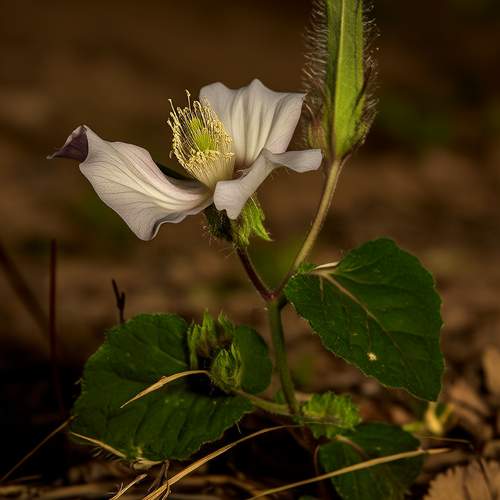
By /May 21, 2025
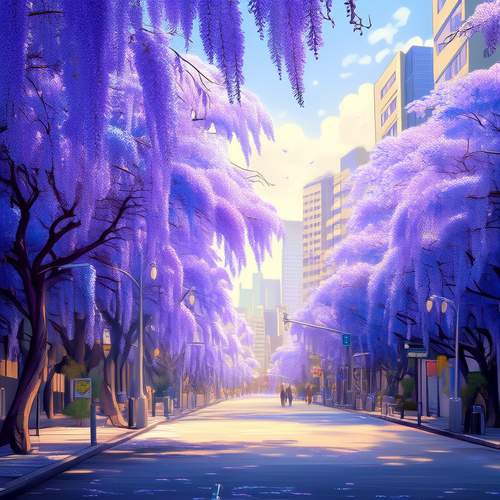
By /May 21, 2025
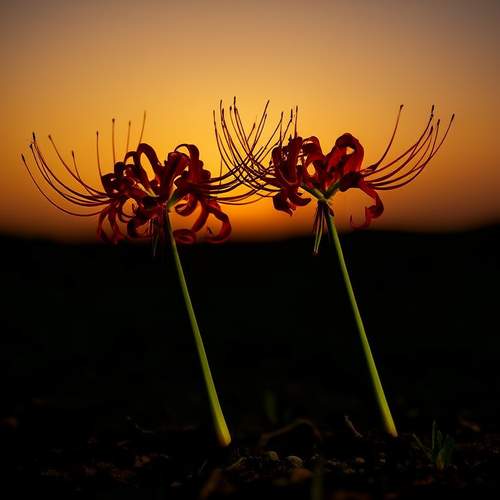
By /May 21, 2025
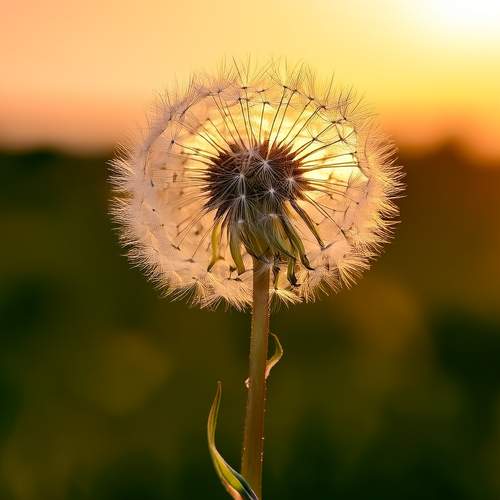
By /May 21, 2025
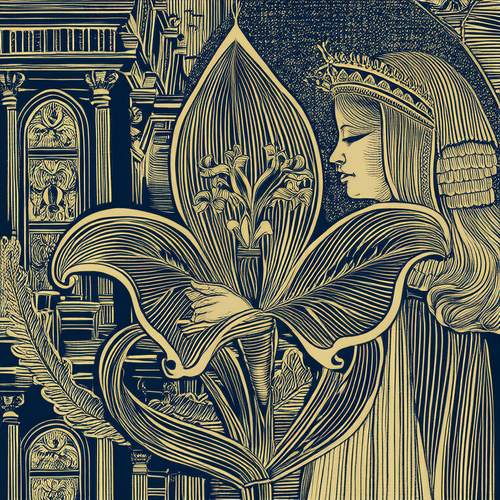
By /May 21, 2025
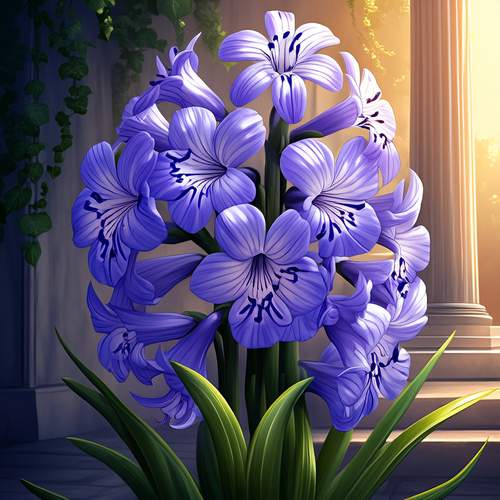
By /May 21, 2025

By /May 21, 2025
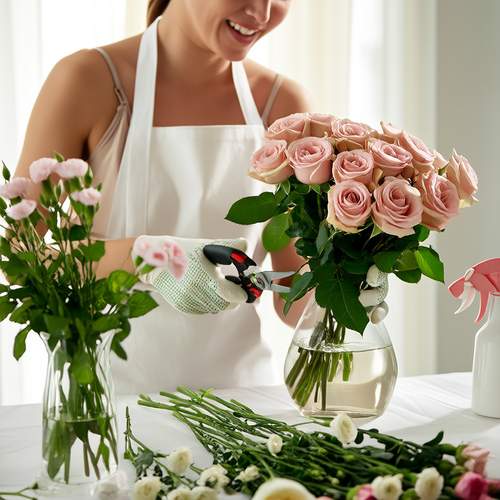
By /May 21, 2025
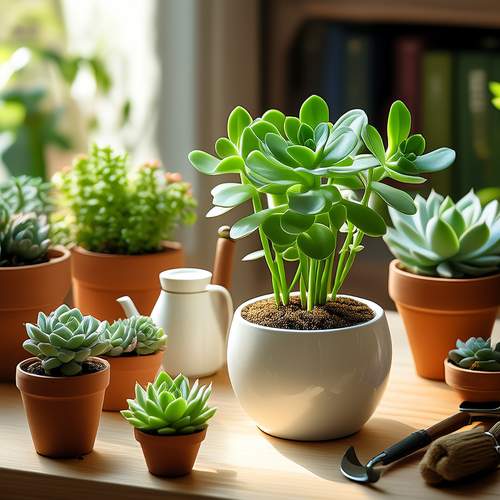
By /May 21, 2025
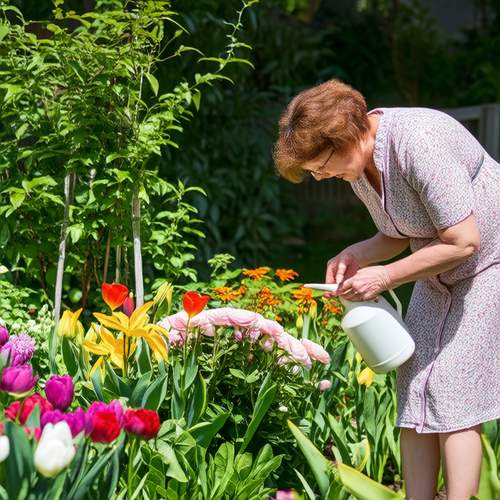
By /May 21, 2025
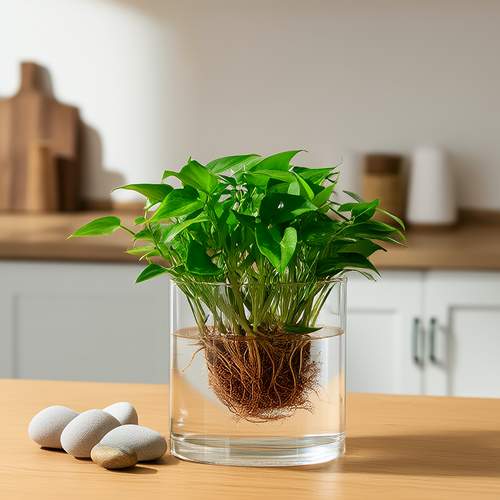
By /May 21, 2025
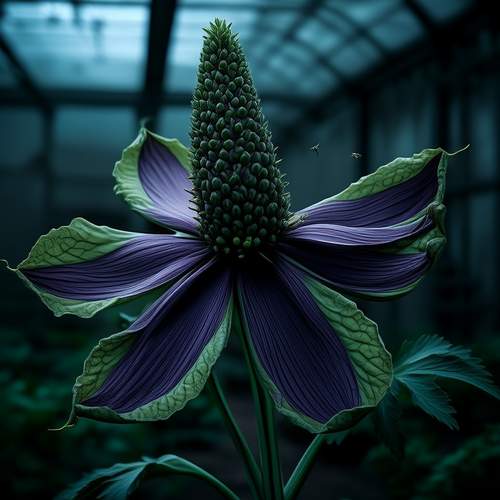
By /May 21, 2025
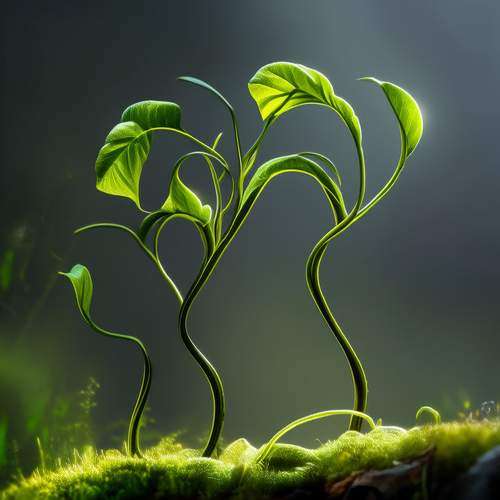
By /May 21, 2025

By /May 21, 2025
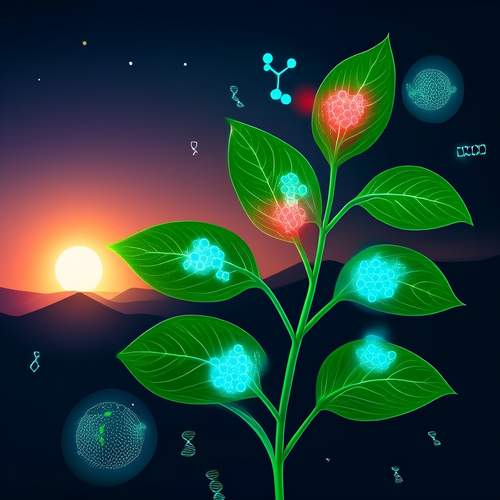
By /May 21, 2025
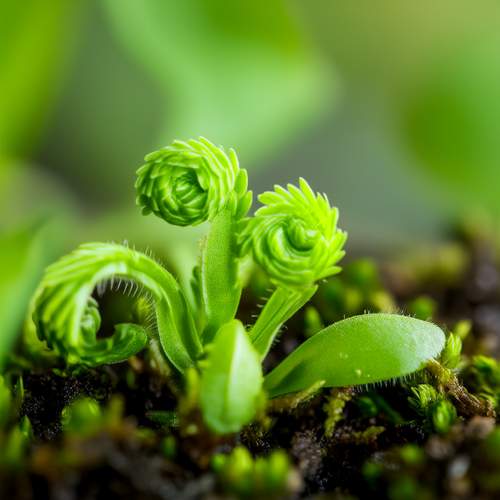
By /May 21, 2025
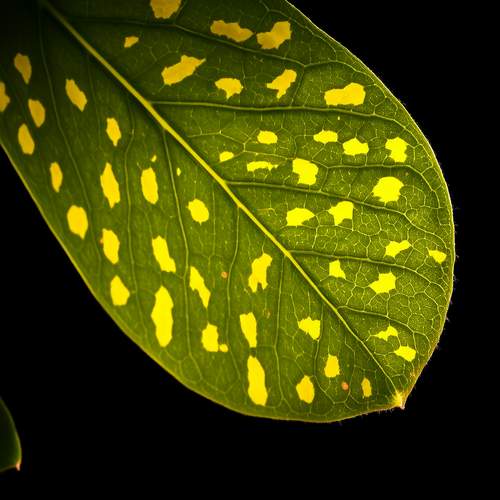
By /May 21, 2025
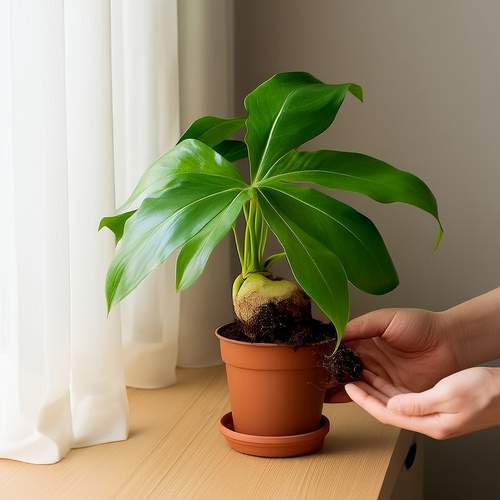
By /May 21, 2025
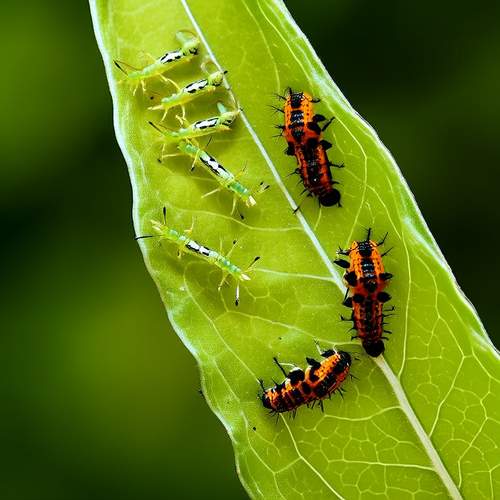
By /May 21, 2025
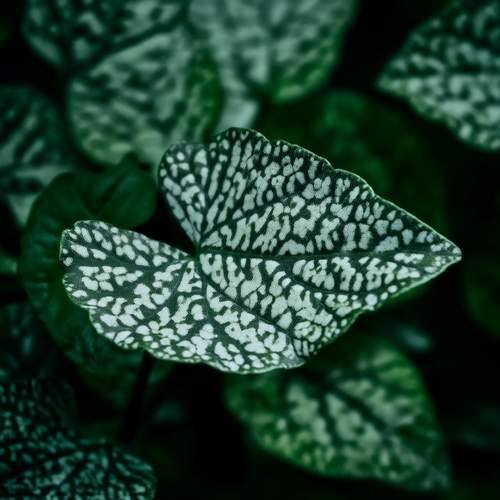
By /May 21, 2025